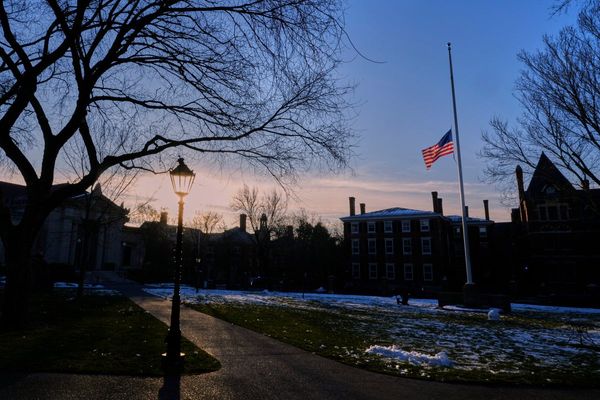
Forecasting the weather used to be less scientific and more magical, to the point that practitioners could be accused of witchcraft.
The mathematician and astronomer Ptolemy of Alexandria drew up tables of planetary motions in the second century. Ptolemy was a notable pioneer in astronomy, but went too far in his conclusions about planets influencing our atmosphere. He devised a complex set of calculations to determine their supposed effects on the weather, in a branch of astrology known as astrometeorology.
Ptolemy’s method persisted among scholars for centuries. This was probably due to confirmation bias, which means we tend to remember and share successes, while failures are explained away or forgotten.
Forecasters claimed astrometeorology was harmless natural magic that did not rely on information from demonic powers, but the authorities became progressively more suspicious. The Witchcraft Act of 1735 outlawed all predictions by supernatural means including weather forecasts.
The Met Office was founded in 1854 when the Witchcraft Act was still in force. However, by this time science was sufficiently distinct from magic, and burnings at the stake were avoided.
Science never quite displaced Ptolemy’s astrometeorology. Although pushed to the fringes, it persists and is the basis of popular almanacs that claim to predict the weather for the year ahead.







